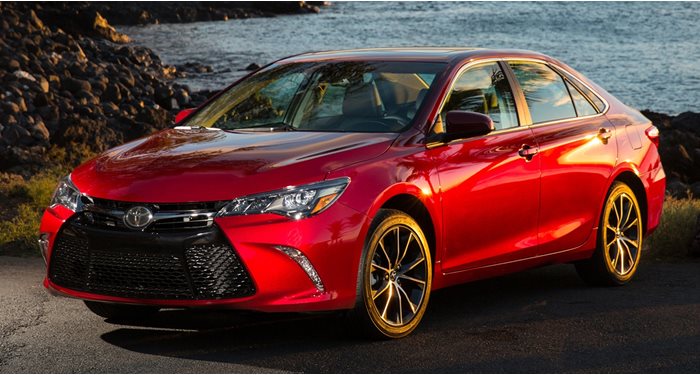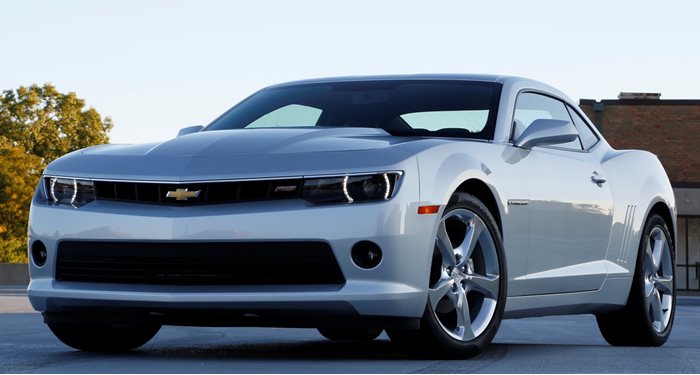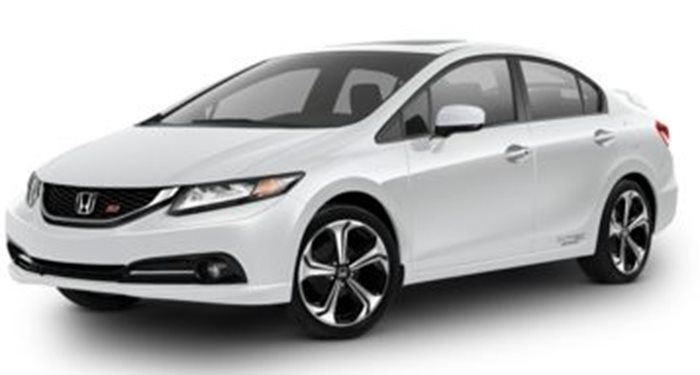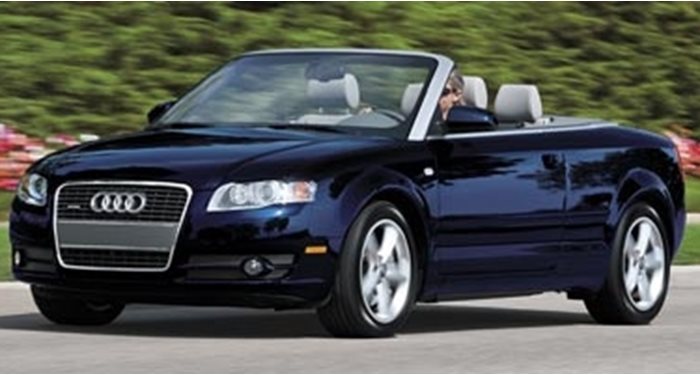The Honda Accord's J35Z engine problems are limited to complications with Honda's Variable Cylinder Management (VCM) cylinder-deactivation system and premature timing-belt wear. A good few J35Z engine failures are accredited to the 2008 to 2012 Honda Accord's VCM problems. This intricate cylinder-deactivation system apparently causes the rings on the cool side of the engine to rotate and line up, which increases oil consumption. The reason for the increased consumption of oil is because of deposits that form on the piston rings. Once this builds up, oil seeps through into the combustion chamber and burns up. Honda issued a technical service bulletin for this to have the piston and rings replaced, so be sure to inspect whether this has been conducted when having a look at a prospective example. In turn, this will foul up the spark plugs, which results in rough running and misfires. You can also expect the usual high-oil-consumption problems, including low oil levels, engine-overheating problems, increased piston and sleeve friction, and eventually, complete engine failure. You will also find VCM-gasket oil leaks to be common. In this case, oil will leak onto the alternator, potentially ruining it. When the VCM is operating, you'll notice a subtle vibration problem which is more of a characteristic as it runs on three cylinders.
If you don't adhere to routine oil changes as per the car's maintenance minder or the suggested 5,000-mile intervals and don't adjust the valve clearances routinely, you may experience accelerated camshaft wear. The J engine uses a timing belt that needs to be exchanged at 90,000-105,000-mile intervals as per Honda's recommendation, but owners have reported that the belt doesn't always last that long. Ideally, this should be conducted at 60,000 miles at the most if your car encounters freezing temperature. We'd just replace it every 60,000 miles anyway. The J35Z's water pump is driven off this belt, so we would recommend that you replace this part as well at this interval. A water-pump seizure will result in the belt snapping, which will lead to catastrophic engine damage. Like the K24Z, there are no hydraulic lifters for the valves, so valve clearances must be checked and adjusted at 30,000-mile intervals. You can also expect the Accord's J35Z to suffer from pre-cat failure. The car's cat sits close to the engine which can result in fragments of the failing cat getting sucked in through the exhaust valves, which can damage the engine.
It is unlikely that you will experience any issues with the J-series engine as it should last for 200,000 miles if you routinely maintain it. Extra hands on the powertrain, including frequent servicing and ensuring oil and coolant levels are always topped up, should see an engine life of more than 300,000 miles. This could be a challenge as the powertrain features a low oil capacity in relation to its displacement, so any significant drop in the oil level could spell trouble and a reduced life if not preempted.
Mileage: You can expect camshaft wear at any mileage because it is caused by poor maintenance rather than distance covered. Be sure to adjust the valve clearances every 30,000 miles. Replace the cambelt at 60,000-mile intervals together with the water pump. A drastic increase in oil consumption can be due to issues relating to the VCM system. This usually causes piston-ring problems that are present from 130,000 miles on the J35Z. Rear main seals can start to leak after 100,000 miles.
Cost: Resolving the VCM problems and excessive oil consumption may cost anything between $1,700 and $4,000 in engine repairs. You may pay around $6,500 for a full engine replacement in a worst-case scenario. A water pump and cambelt replacement kit cost around $250 with a $300 fitment fee. Replacing the rear main seal may cost over $1,000, including labor. It is unlikely that you will spend more than $50 on parts and $500 for labor for the other gaskets and seals.
How to spot: Dirty oil or a low oil level means that the J35Z in the Accord has been neglected. With this, you could encounter a couple of powertrain issues. Excessive oil consumption is hard to identify during a short test drive, but you can expect fouled spark plugs causing poor performance and misfiring. Oil leaks from the VCM will leave traces close to the alternator. Valve clearances that have not been adjusted will result in ticking noises, a worn camshaft, and uneven running. If you hear rattling from the exhaust, this may point to pre-cat failure. If your timing belt is starting to fail, you'll notice ticking or slapping sounds or poor running that may illuminate the Check Engine light if you're lucky. It's more likely to fail without warning.















 Acura
Acura
 Alfa Romeo
Alfa Romeo
 Aston Martin
Aston Martin
 Audi
Audi
 Automobili Pininfarina
Automobili Pininfarina
 Bentley
Bentley
 BMW
BMW
 Bollinger
Bollinger
 BrightDrop
BrightDrop
 Bugatti
Bugatti
 Buick
Buick
 Cadillac
Cadillac
 Caterham
Caterham
 Chevrolet
Chevrolet
 Chrysler
Chrysler
 Dodge
Dodge
 Ferrari
Ferrari
 Fiat
Fiat
 Fisker
Fisker
 Ford
Ford
 Genesis
Genesis
 GMC
GMC
 Gordon Murray Automotive
Gordon Murray Automotive
 Hennessey
Hennessey
 Honda
Honda
 Hyundai
Hyundai
 Ineos Automotive
Ineos Automotive
 Infiniti
Infiniti
 Jaguar
Jaguar
 Jeep
Jeep
 Karma
Karma
 Kia
Kia
 Koenigsegg
Koenigsegg
 Lamborghini
Lamborghini
 Land Rover
Land Rover
 Lexus
Lexus
 Lincoln
Lincoln
 Lordstown
Lordstown
 Lotus
Lotus
 Lucid Motors
Lucid Motors
 Maserati
Maserati
 Mazda
Mazda
 McLaren
McLaren
 Mercedes-Benz
Mercedes-Benz
 Mini
Mini
 Mitsubishi
Mitsubishi
 Nissan
Nissan
 Pagani
Pagani
 Polestar
Polestar
 Porsche
Porsche
 Ram
Ram
 Rimac
Rimac
 Rivian
Rivian
 Rolls-Royce
Rolls-Royce
 Spyker
Spyker
 Subaru
Subaru
 Tesla
Tesla
 Toyota
Toyota
 VinFast
VinFast
 Volkswagen
Volkswagen
 Volvo
Volvo